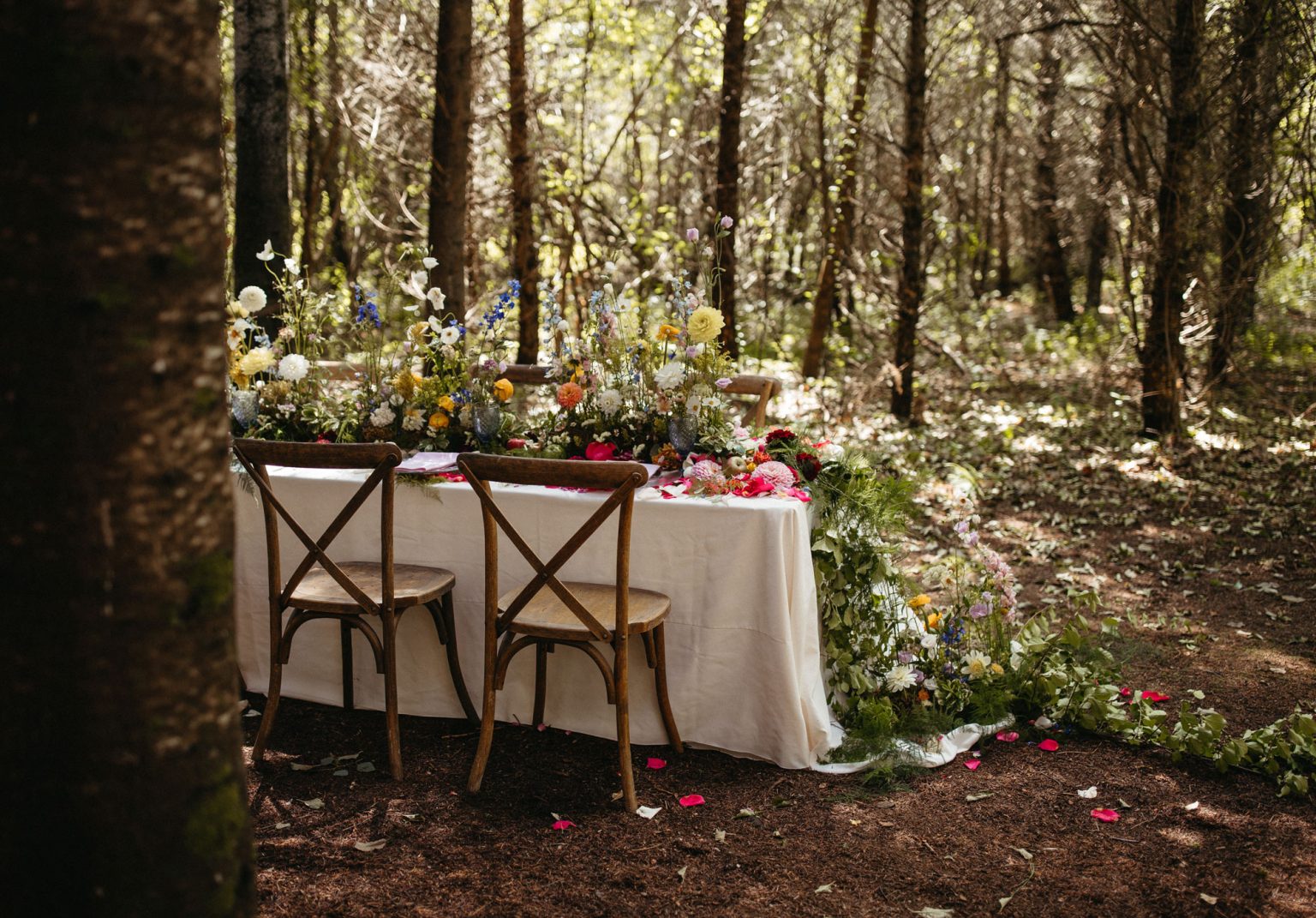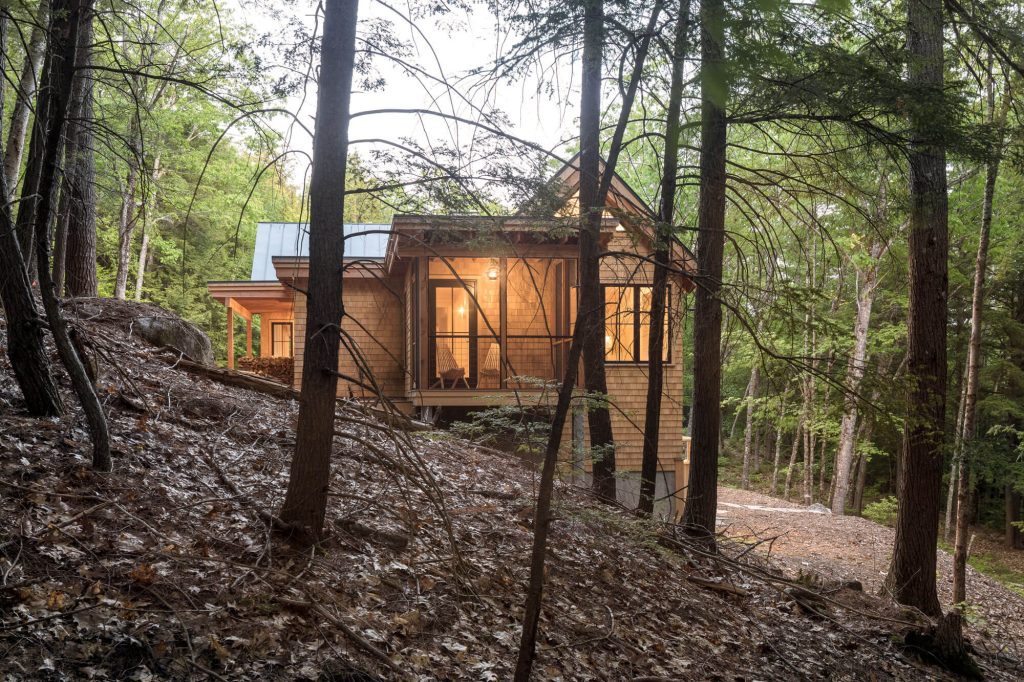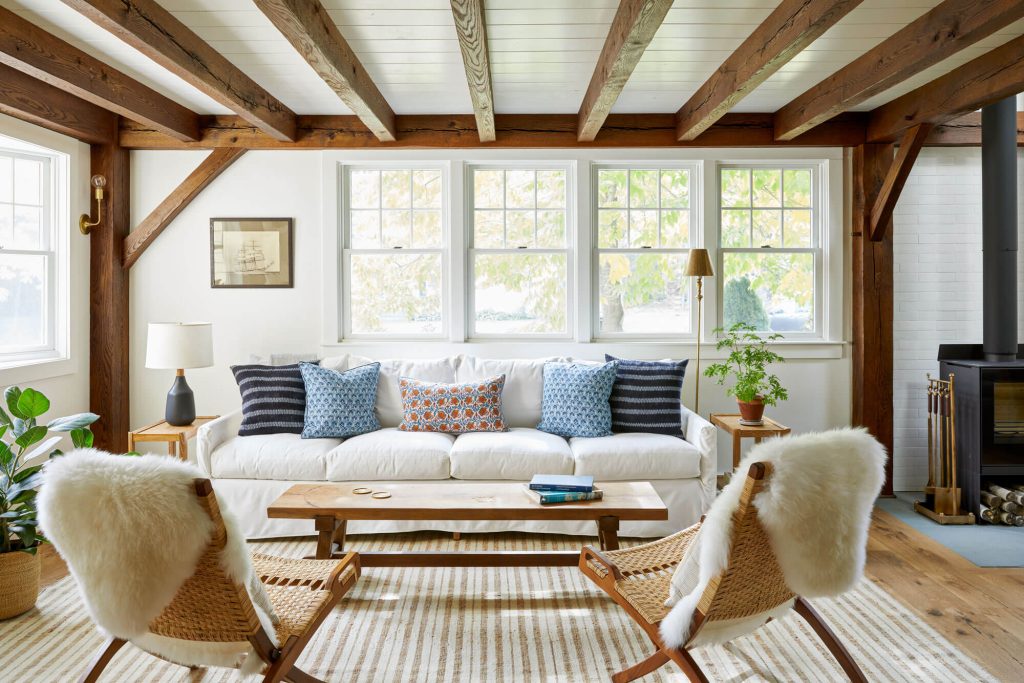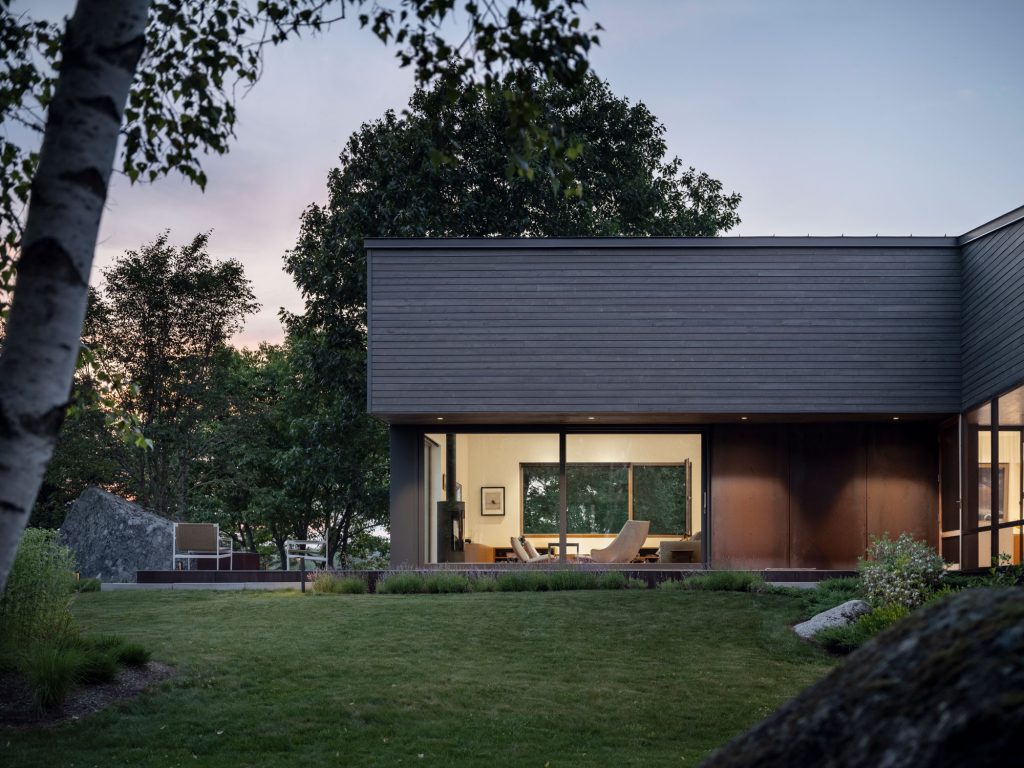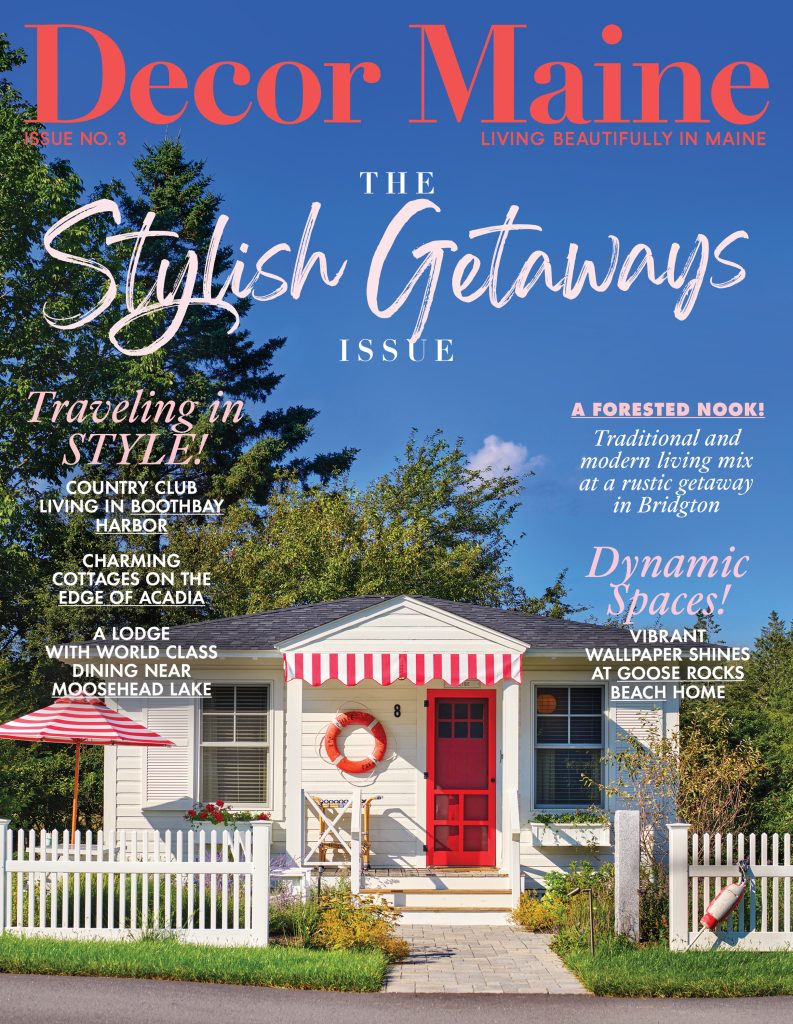This story starts like most good renovation stories: Couple finds an old house, fall in love, and rescue it from disrepair. But there’s a twist.
“The ad said, ‘Gentleman’s farm; needs work,'” recalls Joanne Fryer. She and her husband, Greg, both lawyers, lived on nearby Cousins Island when they found a 200-year-old house on 40 acres in Cumberland, just beside the Rines Forest. Except for Joanne’s dog, who, she says, “immediately was captivated by the 50 turkeys who greeted us in the driveway, my entire family thought I was crazy because the house was such a wreck.”
But the urge to restore old places is something Joanne inherited from her father, who was a real estate developer in North Carolina. “I so enjoy taking old properties that many think are ruins and breathing new life into them,” she says. “If you think about it, it is a type of recycling.”
Joanne and Greg bought the farmhouse in 2011, spent a year shoring it up, and called it Mowfield. “We saved the original features and woodwork, but we put in all new wiring, insulation, windows, roofing, and appliances,” says Joanne. “It lives like a modern house but still retains the beauty of the past.”
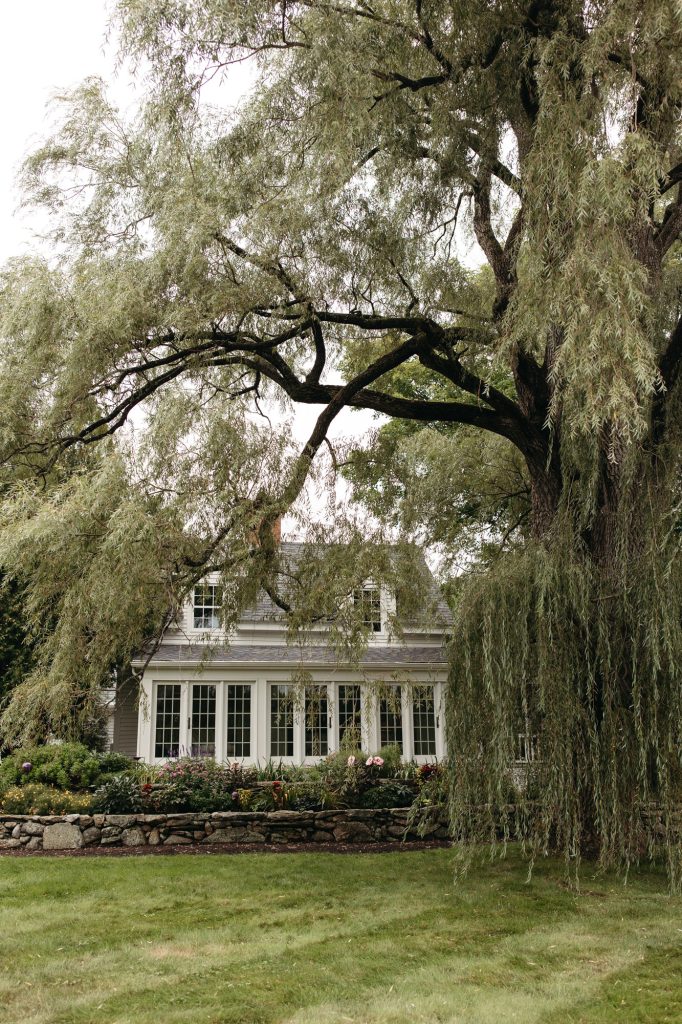
The house done, Joanne and Greg began clearing a one-mile loop for skijoring through the acres of forest with their Samoyeds, Puff and Pippin. (Skijoring, for the uninitiated, is a wild mashup of dogsledding and Nordic skiing.) It was then that the couple came upon a burst of white.
“We honestly did not know what it was until we bushwhacked over to it,” remembers Joanne. “It was an apple tree almost 40 feet tall, in full bloom, buzzing with bees, on one of those perfect spring days.”
The couple soon discovered several more apple trees growing in the woods, each studded with “a seemingly endless variety of apples unlike any I had ever seen in the grocery store,” says Joanne. In fall, she brought a bag of them to the Common Ground Country Fair to have them identified by Maine apple expert John Bunker. “I was third from last in line and waited while John opened bag after bag that people had brought,” says Joanne. “He never got up; he just told people what they had and thanked them for coming. Finally, it was my turn. John looked in my bag, and the most amazing thing happened: He stood up, got a pencil and paper from his assistant, and asked me what my name and address was. A hush literally fell over the crowd. Obviously, I had something special.”
John revealed that the apples were rare—so rare that some varieties had been thought lost (one, Mowfield Red, isn’t thought to grow anywhere else). “I felt I just had to save these old trees,” says Joanne, “most of which were dying from total neglect and old age. But I knew nothing about how to care for apple trees.” She made a “new farmer” appointment with a local cooperative extension office, and her assigned mentor paid a visit to Mowfield. Remembers Joanne: “He assessed the situation (and me) and said, ‘You will have to graft scions from these trees onto baby rootstock. They will take 10 years to fruit, and you are old. You need to do something else with the farm while you are waiting.’ He asked me what I was good at, and I said growing flowers. He said, ‘Good. You can grow dahlias for weddings.'” Joanne, who is originally from the South, where dahlias don’t grow, responded, “What is a dahlia?”
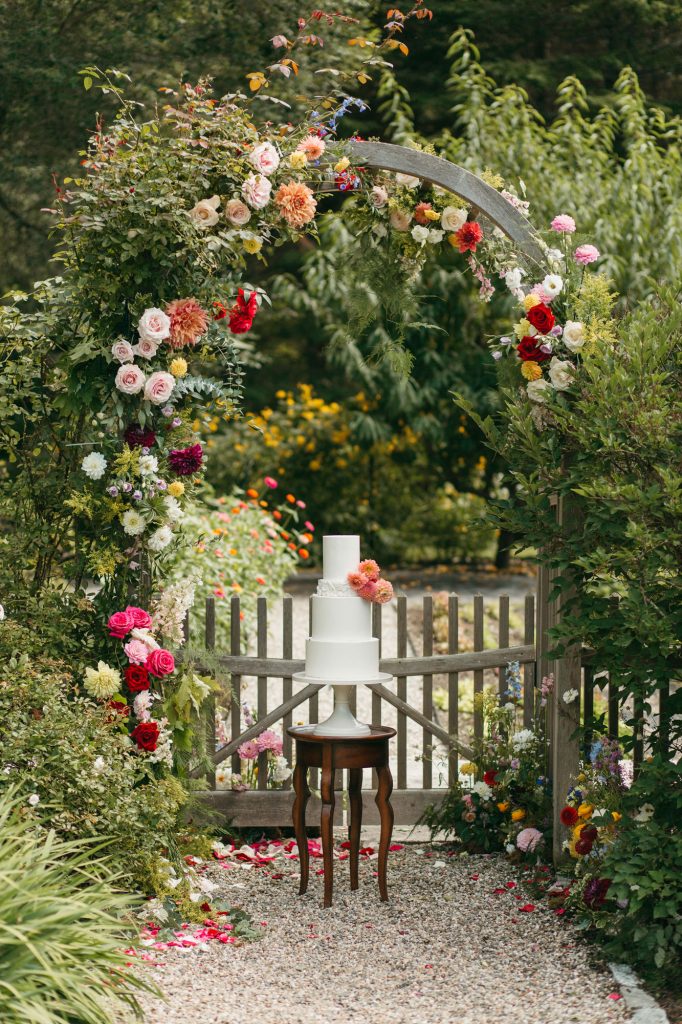
Nevertheless, Joanne began cultivating dahlias. (“I watched a lot of videos,” she admits.) Thanks in part to another surprise Mowfield had in store—excellent soil—the flowers flourished, and Mowfield became a floral destination. “Even so, the apple trees needed a big investment of money,” says Joanne. “So, my mentor said, ‘You’ll do weddings.'”
So, she petitioned the town to allow small farms to host weddings, a process that took two and a half years—and then was rejected. In response, Joanne organized a citizens’ referendum petition, and the townspeople supported the cause. “It allows the few remaining farms in Cumberland to do occasional special events to try to carry on farming in what is, sadly, almost a bedroom community for Portland,” she says.
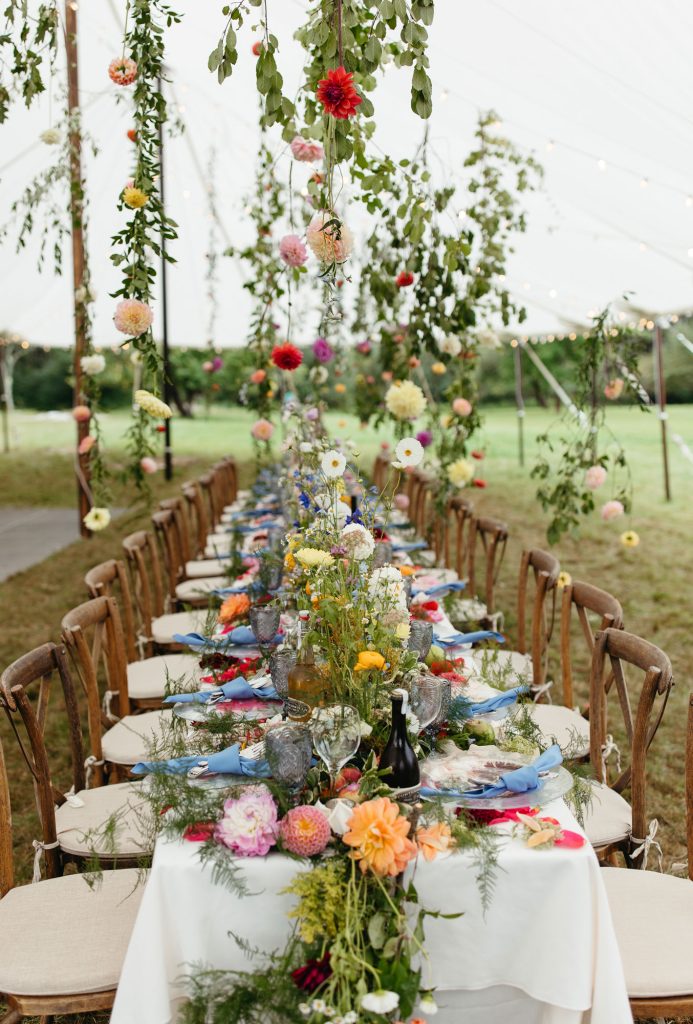
Joanne calls herself an “accidental farmer,” but there’s a common root to each of her projects: saving this place, preserving it from development.
And sharing it, too, with others, through cider made from Mowfield’s rare apples or wedding vows spoken beneath the pines. “The wedding that sticks with me is our first,” says Joanne. “The couple asked me to perform the ceremony. After having been a divorce mediator since 1991, it was terrific to actually marry a couple.”
